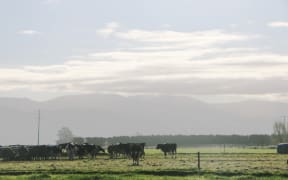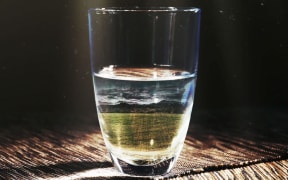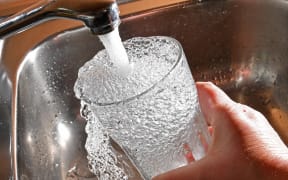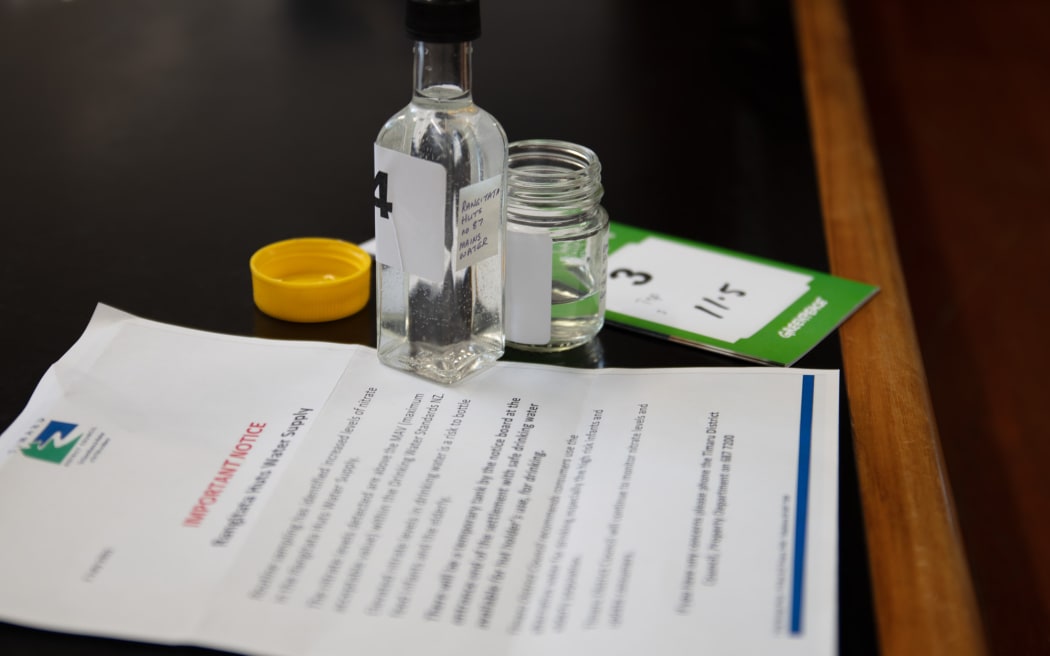
Greenpeace Aotearoa conducted free drop-in water testing for nitrate contamination in Canterbury. Photo: Zoe Deans via Greenpeace Aotearoa
An interactive map which enables people to monitor nitrate levels in their drinking water is being launched today.
Greenpeace Aotearoa's Know Your Nitrate map allows users to search for information on local levels.
Greenpeace has been undertaking free nitrate testing for two years which has allowed the organisation to create a dataset which shows nitrate levels in household bore water supplies.
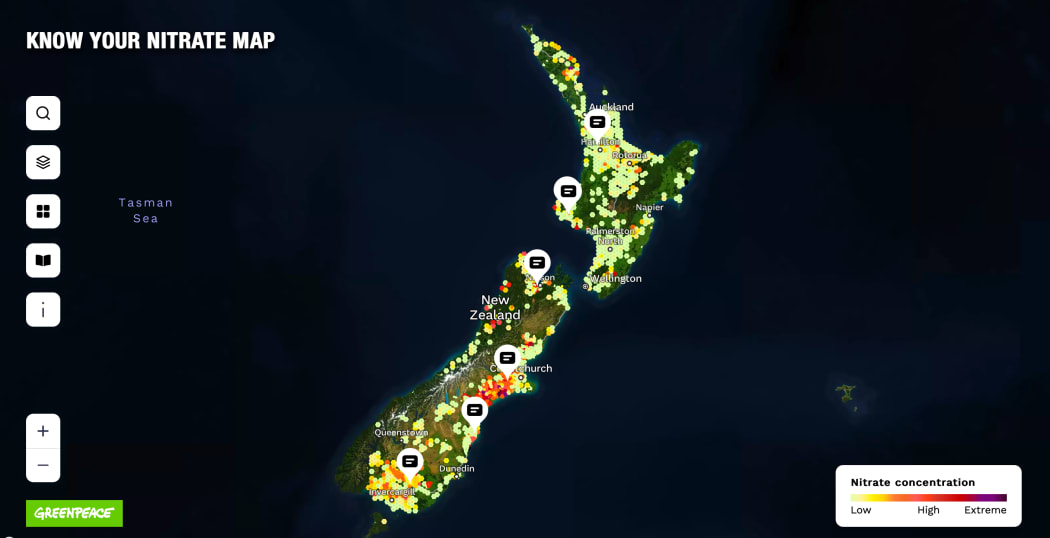
Greenpeace has launched an interactive map which enables people to monitor nitrate levels in their drinking water. Photo: Greenpeace Aotearoa
According to Otago University scientists, 800,000 New Zealanders are at risk of drinking hazardous levels of nitrates.
Greenpeace Aotearoa executive director Russel Norman said the map was designed to inform and warn the public of the potential health risks of nitrate in drinking water.
"Nitrate has no odour, taste or colour and is the most pervasive water contaminant in New Zealand," he said in a statement.
People living in rural areas were the most likely to be unaware of their exposure to hazardous levels of nitrate, he said.
"Many rural New Zealand families in high-risk areas are drinking water from their kitchen taps without knowing whether it is contaminated with nitrates or how high those contamination levels are. Unless they pay to get it tested themselves, they have no way to know."
People using bore water should get it tested because a direct test of tap water was the only way of truly find out your potential nitrate exposure, Norman said.
The data underlying the Greenpeace map is mostly self-supply bore users in rural areas at risk of high nitrate exposure, but it also shows a number of substantial public water supplies exceeding health risk limits. Examples include Richmond, Gore, Rolleston and Kaikohe, each of which supplies water for hundreds or sometimes thousands of people.
In addition to data already available, Greenpeace had done testing itself, Norman told Morning Report.
"So there's over 1200 tests that we've added ... to the existing data and brought it all together in one place."
The public health risk of nitrates was an "emerging area of science", he said. "There are some very large studies which show that you can get colorectal cancer, there can be impacts if you are pregnant in terms of pre-term and low birth weight at much lower than the ... World Health Organisation-set standards we have."
Norman said the largest sources of nitrate contamination in New Zealand were cow urine and synthetic nitrogen fertiliser.
Greenpeace was calling on all political parties to cut the use of synthetic nitrogen fertiliser and lower dairy cow stocking rates in order to protect drinking water from nitrate contamination, he said.

